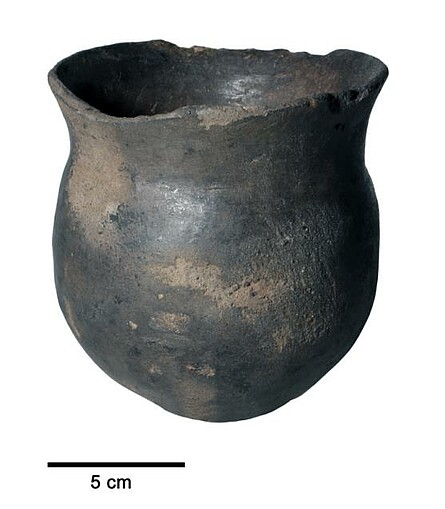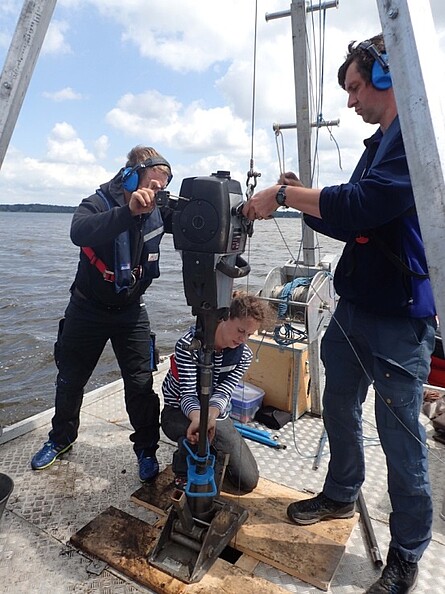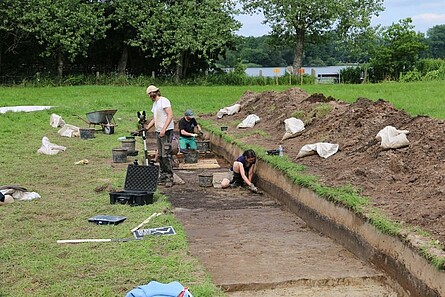Subaquatic and Terrestrial Investigations into the Early Neolithic of the Zwischenahner Meer
Between 5000 BC and 3500 BC Northern Europe witnessed a drastic change from a way of life based on foraging to one based on production. Due to a lack of relevant finds from many parts of present-day Lower Saxony it remains unclear how exactly this development took place. Individual objects of this period, discovered in the area of the Zwischenahner Meer as early as the 1950ies, are therefore all the more significant. The project aims to assess this region’s potential to study the process of Neolithisation and gather some initial evidence about its progression. The project, which is funded by the Lower Saxony Ministry for Science and Culture (MWK) as part of the funding programme Pro*Niedersachsen, will include evaluations and sondages on land and under water. The archaeological work will be carried out by Dr. Svea Mahlstedt. She will be supported for queries regarding landscape formation by Imke Brandt, M.A., Dr. Annette Siegmüller and Dr. Dirk Enters. The study will predominantly involve pedological augering, investigations of landscape archaeology, geophysical surveys and archaeological sondages on land and under water. Over the course of the project so far, Mesolithic stone implements and settlement remains have been located both under water and close to the shore. The discovery of an occupation layer with remarkably good organic preservation conditions is particularly significant. This layer, discovered during underwater archaeological investigations, was found to contain some flint tools alongside remains of hazelnut and water chestnut. Radiocarbon determinations of this layer returned a date range covering the 5th and 6th millennia BC. Further information is available here.
Bibliography
Mahlstedt, S. , 2015: Steinzeitliche Siedlungen auf dem Seegund des Zwischenahner Meeres. Siedlungs- und Küstenforschung im südlichen Nordseegebiet 38, 71-79.
Zoller, D., 1958: Urgeschichtliche Funde aus dem Zwischenahner Meer. Die Kunde, 1-2, 27-33.



